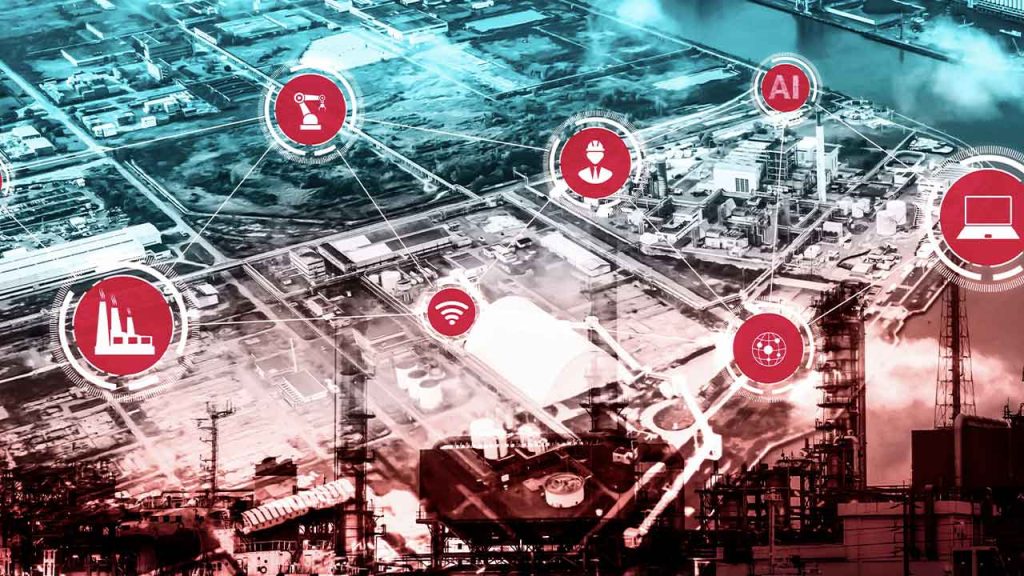The Edge Is Already Thinking. Most of the Industry Just Isn’t Ready for That
I’ve spent my career building systems that don’t get second chances. Environments where power flickers, heat warps, and networks fail, places where a device either works or it becomes a liability.
So when I hear talk about edge computing as some distant future, it tells me exactly how far removed the conversation is from the field.
The edge isn’t coming. It’s already deployed, already deciding, outpacing infrastructure that still leans on dashboards and cloud latency like it’s 2015.
And most of the IIoT world? Still thinking in terms of data pipelines instead of action at the point of impact. We’re not waiting on better chips. We’re not waiting on smaller models. We’re waiting on mindset.
Edge-Native Isn’t a Buzzword. It’s a Survival Trait.
Let’s start with the obvious: a system isn’t edge-native just because you pulled the server closer. That’s edge-adjacent. And that distinction matters.
True edge-native systems don’t assume stable connectivity. They don’t rely on cloud logic to tell them what to do. They are built to operate alone, to gather, interpret, and respond with no hand-holding.
This isn’t theoretical. I’ve built devices that have to run inside hot steel, deep saltwater, and volatile electrical noise and keep running. They make local decisions because no one is going to tap into a dashboard 200 miles offshore during a system failure. The choice isn’t between fast and slow. It’s between action and inaction.
Real edge devices don’t just send data. They filter, decide, and act—right there in a box the size of your hand, rated for -40°C to 105°C, sitting in 120°C heat soak, covered in grease, and still expected to make the right call without asking for help.
If It Needs the Cloud to Function, It’s Not Industrial
The cloud has done a lot for analytics. But in industrial environments, it’s become a crutch, a comfortable fallback when systems aren’t engineered to think for themselves.
And let’s be honest: we’ve trained a generation of developers to ship half-built systems and count on the cloud to patch the rest.
I see “smart” edge devices on factory floors that need firmware updates just to stay operational. Or sensors that stream raw data back to the cloud because no one trusted the local logic to do anything meaningful with it. That’s not intelligence. That’s fragility.
The systems I build don’t assume perfect bandwidth. They assume interference. They assume vibration. They assume isolation. And they still make decisions. Because if they can’t operate autonomously, they’re just liabilities dressed up in connectivity.
Real-Time Means No Excuses
Responsiveness isn’t about shaving milliseconds off an API call. It’s about eliminating the call.
When something goes wrong in an oilfield or manufacturing line, you don’t want data in a dashboard. You want a system that did the right thing before you even knew something happened.
This is where edge-native architecture earns its keep. It doesn’t just move fast, it moves locally, deterministically, and without permission. That’s what real-time means in my world: a system you don’t need to explain yourself to when it matters.
And here’s the thing: the more critical the environment, the less you can rely on someone watching a screen. Responsiveness means resilience. It means systems built to react with no humans in the loop, no uplink, no excuses.
Design Like It’s Going to Break, Because It Will
We don’t talk enough about failure in tech. That’s a luxury of the cloud-first world. In industrial environments, failure is not theoretical; it’s expected.
So you don’t design for perfect conditions. You design for controlled degradation, for fallback logic, for operations that degrade gracefully when half the system goes offline.
Edge-native means planning for when things go sideways. Can the device handle a corrupted input? Can it store critical decisions locally until a backhaul returns? Can it run off backup power for a day, or a week?
Most of the edge devices I see can’t answer yes to any of those. But the ones that can? They’re already deployed. They’re not in your LinkedIn feed. They’re in the field, getting hit with salt, heat, impact, and chaos—and still doing their job.
Final Thought
I’ve never been interested in tech theater. I don’t care what plays well in a boardroom or what demos clean on a slide. I care about systems that work when no one’s watching.
That’s what the edge is about. Not dashboards, not AI overlays, not another acronym. It’s about building decision-makers who live at the intersection of reality and risk. They think fast because they have to. They survive long because they’re built that way.
The edge isn’t a trend. It’s a return to the kind of engineering we used to respect: quiet, durable, and essential.
If that makes me sound old-school, so be it. But I’ll take a silent survivor over a “smart” failure any day of the week.
About the Author
 David Smith is VP of Innovation at BlackPearl Technology. A veteran embedded systems designer and hardware futurist, he’s spent 20+ years building rugged, decision-capable devices for high-stakes environments across subsea, aerospace, industrial automation, and energy. He’s not a futurist by title—he builds the future piece by piece, board by board.
David Smith is VP of Innovation at BlackPearl Technology. A veteran embedded systems designer and hardware futurist, he’s spent 20+ years building rugged, decision-capable devices for high-stakes environments across subsea, aerospace, industrial automation, and energy. He’s not a futurist by title—he builds the future piece by piece, board by board.
